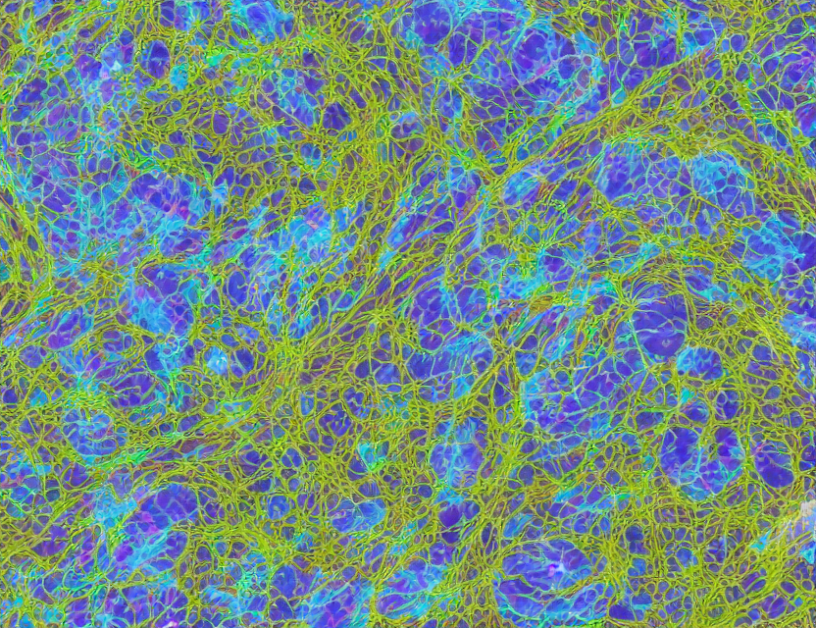Artificial neural networks are a popular machine learning method that mimics the workings of biological organisms. They consist of nodes called neurons and connections between them, known as edges. The network processes inputs, producing outputs that are compared to valid data. The network adjusts its paths based on accuracy, allowing it to perform tasks like image recognition or speech analysis.
Designing the Architecture of Artificial Neural Networks
The architecture of artificial neural networks is crucial for their performance. Key factors include the number of hidden layers, neurons per layer, transformation functions, and training algorithms. These elements must be carefully selected to optimize network accuracy. One common architecture is convolutional neural networks (CNNs), which are deep neural networks designed for image or speech analysis. The CNN design is inspired by the cat brain’s visual recognition function, with each layer consisting of 3-dimensional neurons, corresponding to the number of features in the visual field.
Convolutional Neural Networks
Convolutional neural networks (CNNs) are a class of deep neural networks used for image or speech analysis. They are designed to mimic the way the brain recognizes objects. The network consists of layers of neurons, with each layer processing the visual information in a specific way. Each layer is 3-dimensional, allowing it to capture more features and produce better results. CNNs have been incredibly successful in image recognition, object localization, and text processing. They are widely used because they can learn complex patterns in data, making them powerful tools for machine learning.
Conclusion
In conclusion, artificial neural networks are a powerful tool for machine learning tasks such as image recognition and speech analysis. The network’s architecture is critical to its performance, with factors like the number of hidden layers, neurons per layer, transformation functions, and training algorithms needing careful consideration. CNNs are a popular architecture used in many applications due to their success in image recognition and other tasks. By understanding these concepts, readers will be better equipped to appreciate the magic behind artificial neural networks.



